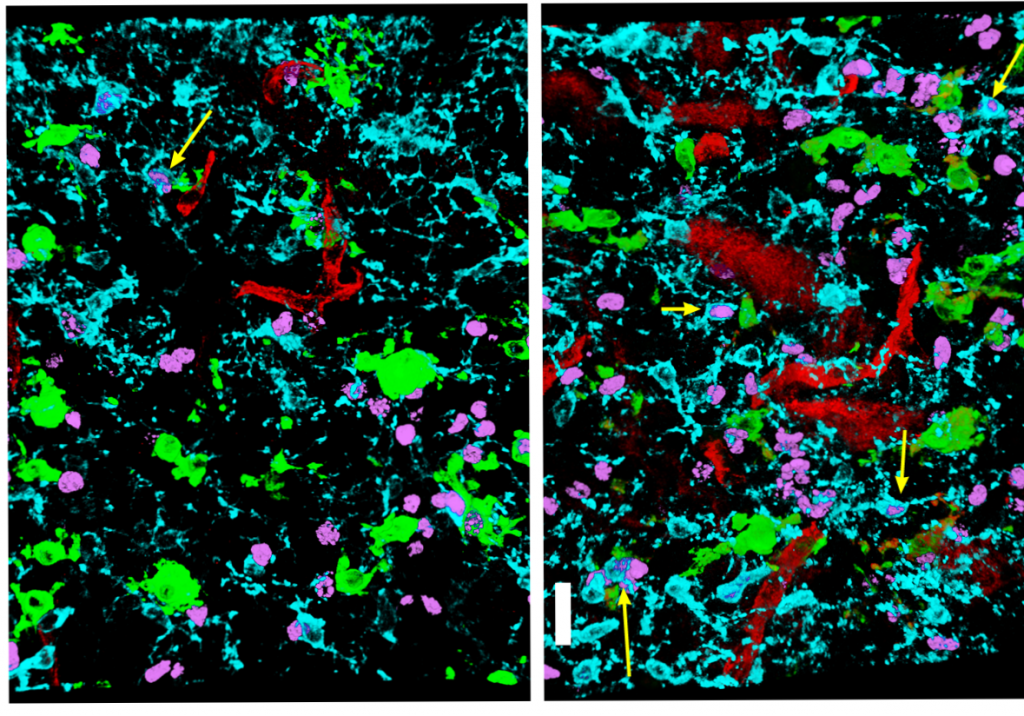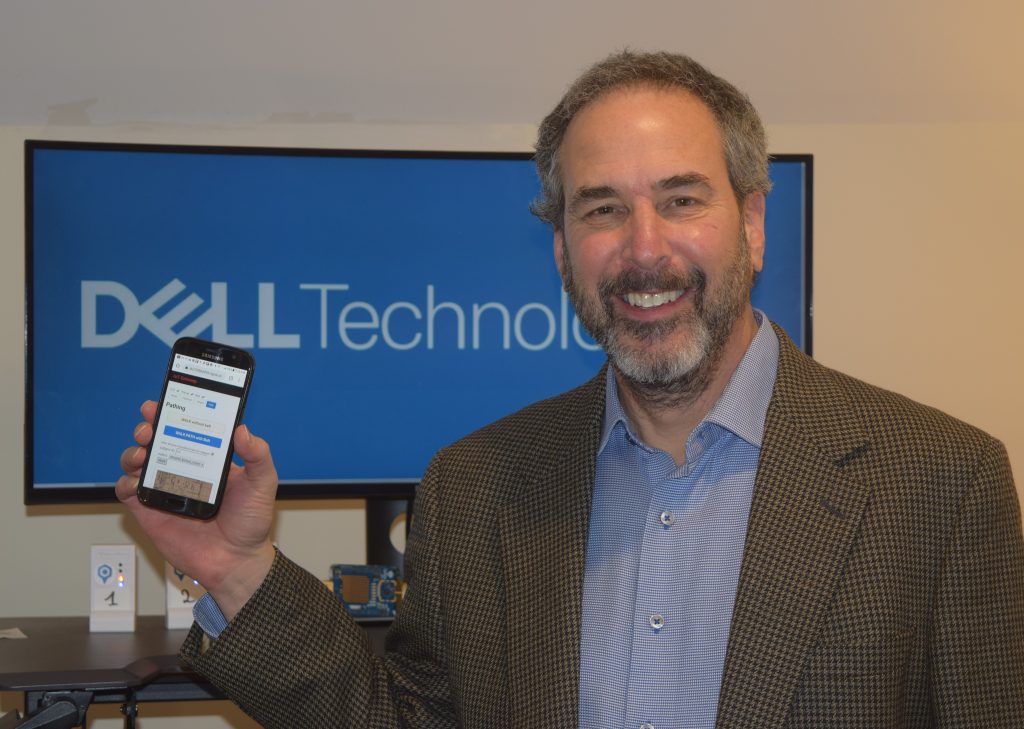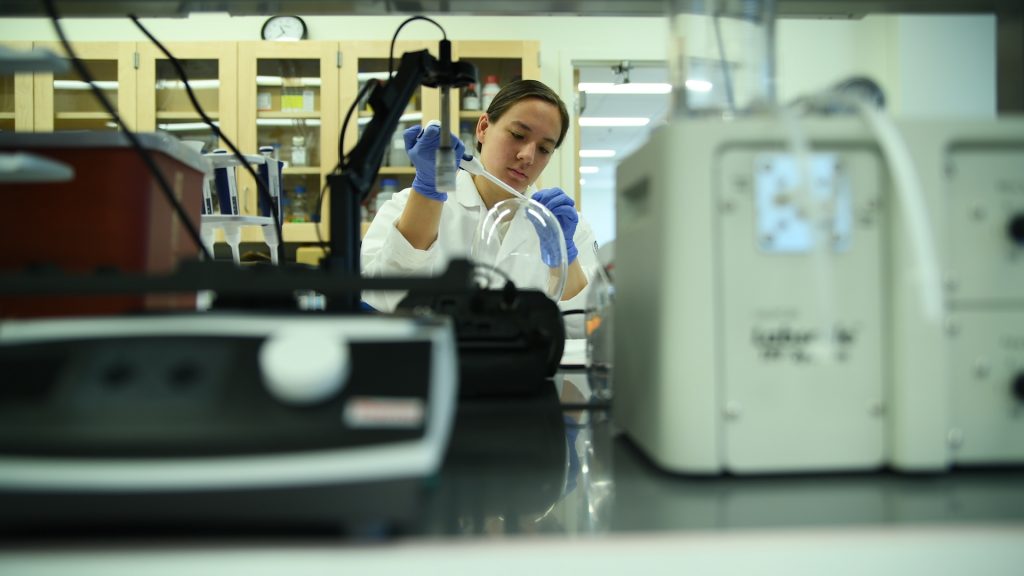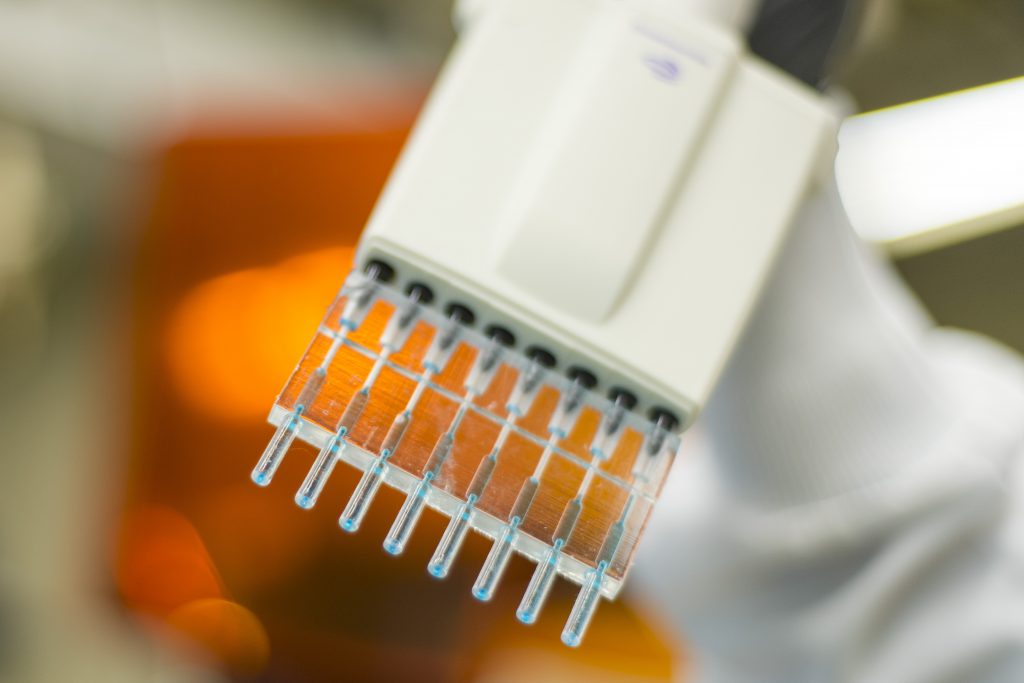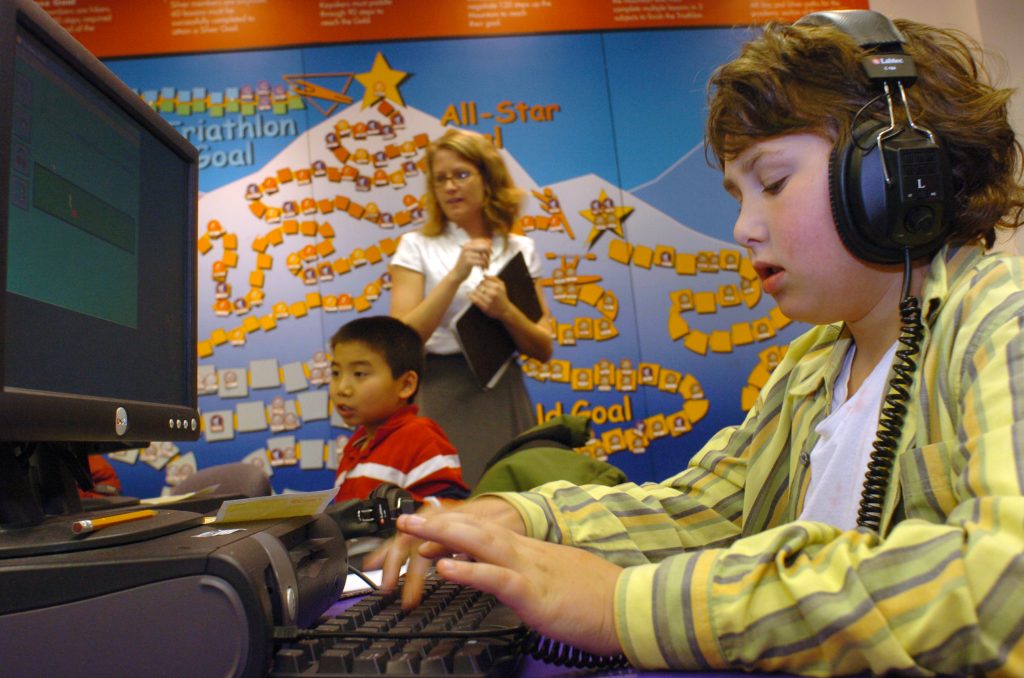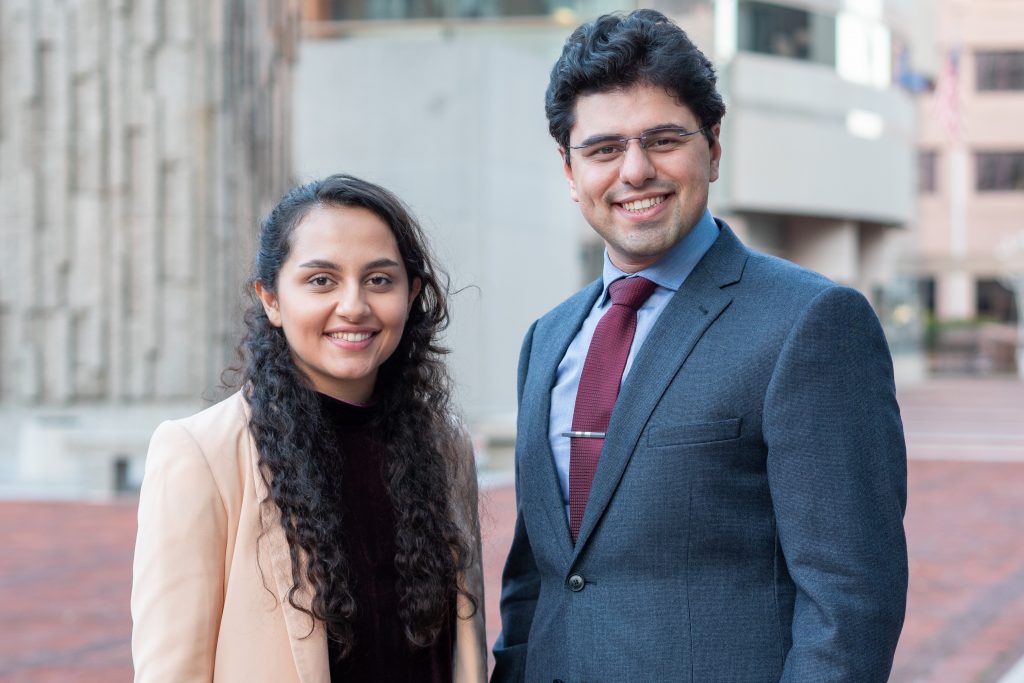Graduates
UConn Researchers Develop Cheap, Accurate Device to Diagnose COVID-19
How red blood cells and laser light offer the opportunity to make a rapid diagnosis
May 26, 2021 | Kim Krieger
Repairing Nerves Requires Prods of Protein
It turns out the 'bad guys' of the brain aren't so bad after all
May 5, 2021 | Kim Krieger
Phubbing: Does Having a Phone Out Make Someone Feel Snubbed?
What does our constant use of cell phones mean for interpersonal relationships?
January 29, 2021 | Kenneth Best
The Fourth Wave of Firefighting Innovation
An idea that came to Andy Slater while riding his motorcycle has led to the development of a technology that could become a life-saving tool for firefighters.
January 12, 2021 | Eli Freund
Meet the Researcher: Patricia Hare, School of Dental Medicine
Patricia Hare, a student in the DMD/Ph.D. program at the UConn School of Dental Medicine, wants her work to have a positive impact on people's lives.
December 16, 2020 | Anna Zarra Aldrich '20 (CLAS), Office of the Vice President for Research
Sudden Death in Epilepsy and Breathing Troubles Linked to Bad Gene
UConn neuroscientists have found a gene mutation that causes abnormal breathing in mice with a severe form of epilepsy, mimicking the human sudden death in epilepsy syndrome.
June 20, 2019 | Kim Krieger
New 3D-Printed Technology Lowers Cost of Common Medical Test
'Anything that can be run by normal ELISA can be run by this, with the advantage of being less expensive, much faster, and accessible,' says UConn's Mohamed Sharafeldin.
May 22, 2019 | Jaclyn Severance
Crystallizing Knowledge with a Learning Machine
UConn researchers working with Pfizer used machine learning to figure out the best way to coax a drug into solid form for the development of pharmaceuticals.
April 16, 2019 | Kim Krieger
Study: After-school Programs Improve Academic Outcomes
A study of study over 9,000 students attending more than 100 after-school programs in Connecticut found those who participated had higher school attendance and higher academic performance.
April 11, 2019 | Kenneth Best
New Technology Designed to Reduce Mortality Rates in Cancer Patients
A pair of Ph.D. students developed a technology that takes a patient’s tumor cells and grows them outside of the body to test different cancer treatments.
April 10, 2019 | Anna Zarra Aldrich '20 (CLAS), Office of the Vice President for Research

